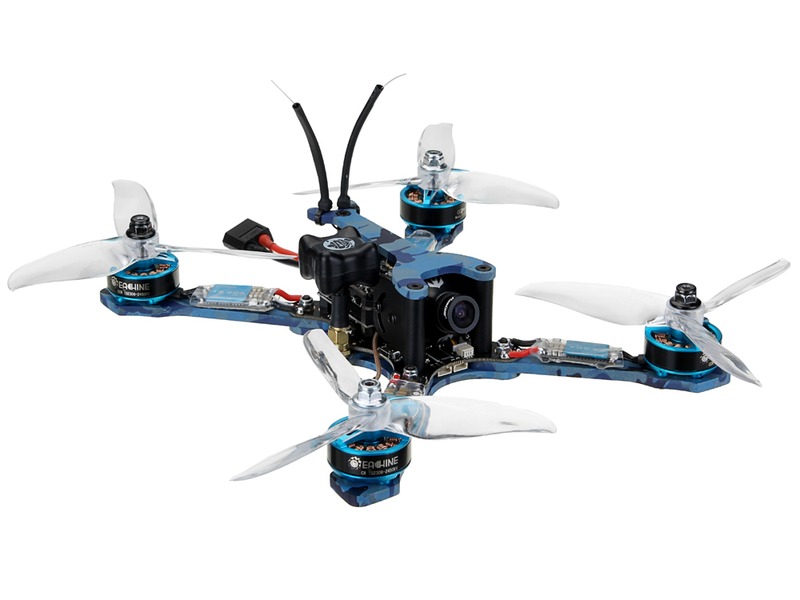Can you fly FPV drone in rain?

The answer to the question of whether you can fly an FPV drone in the rain is yes, you can. However, there are several important considerations to take into account before attempting to do so.
First and foremost, it is important to understand the weather conditions before attempting to fly an FPV drone in the rain. If the rain is light, you may be able to fly, although it is important to be aware of the wind speed and direction as well as the visibility. If the rain is heavy, it is best to avoid flying your drone altogether, as the rain can interfere with the signal and cause the drone to crash.
Second, it is important to make sure that all of the components of the drone are waterproof and that the drone is properly sealed. If the drone is not waterproof, the rain can damage the electronics and cause the drone to malfunction. Additionally, it is important to ensure that the battery is fully charged before attempting to fly in the rain, as the rain can reduce the charge and cause the drone to crash.
Third, it is important to be aware of the regulations and laws regarding flying a drone in the rain. Depending on where you live, there may be different regulations regarding flying a drone in the rain. It is important to research these regulations and follow them to ensure that you remain compliant with the law.
Finally, it is important to be aware of the potential risks associated with flying a drone in the rain. As mentioned above, the rain can interfere with the signal and cause the drone to crash. Additionally, the rain can also cause the drone to become wet, which can lead to corrosion of the electronics and damage to the drone.
In conclusion, while it is possible to fly an FPV drone in the rain, it is important to take all of the necessary precautions to ensure that you remain safe and compliant with the law. Additionally, it is important to understand the risks associated with flying a drone in the rain and take the necessary steps to protect your drone from damage.
Comments / Question
2. Use a rain cover: You can purchase a rain cover for your drone that will protect it from the rain.
3. Keep it in a dry place: When not in use, store your drone in a dry place to protect it from the rain.
4. Use a waterproof backpack: If you plan to fly your drone in the rain, consider investing in a waterproof backpack to store your drone and keep it dry.
5. Use a waterproof landing pad: A waterproof landing pad can help protect your drone from the rain when taking off and landing.
2. Make sure your drone is waterproof or protected from rain.
3. Avoid flying in strong winds and heavy rain.
4. Avoid flying near electrical wires, power lines, and other obstacles.
5. Check the weather before you fly and be aware of the potential for lightning strikes.
6. Keep your drone close by and be prepared to land it quickly in case of sudden weather changes.
7. Monitor your drone’s battery life and land it before it runs out.
8. Keep your drone away from other people and animals.
9. Avoid flying in low visibility conditions.
10. Make sure your drone is equipped with an anti-collision system.

